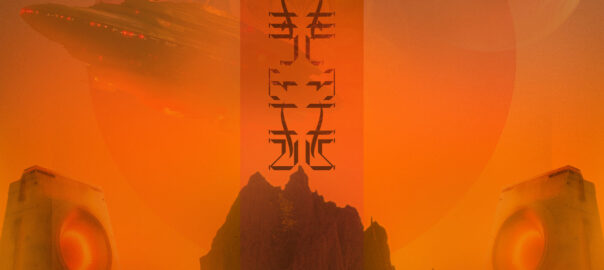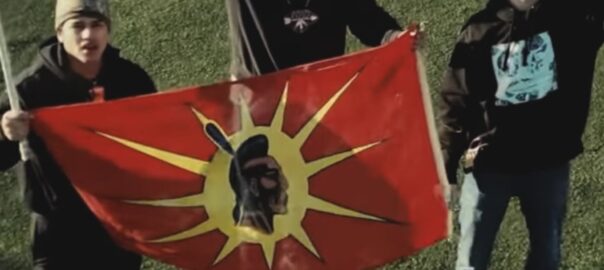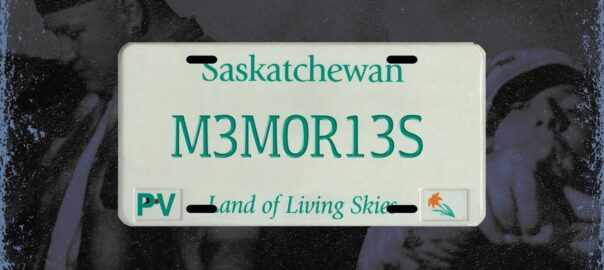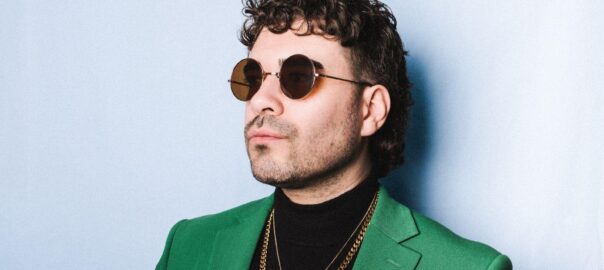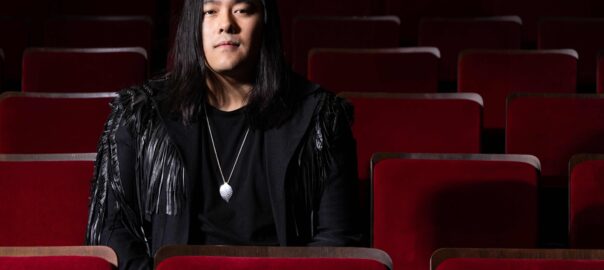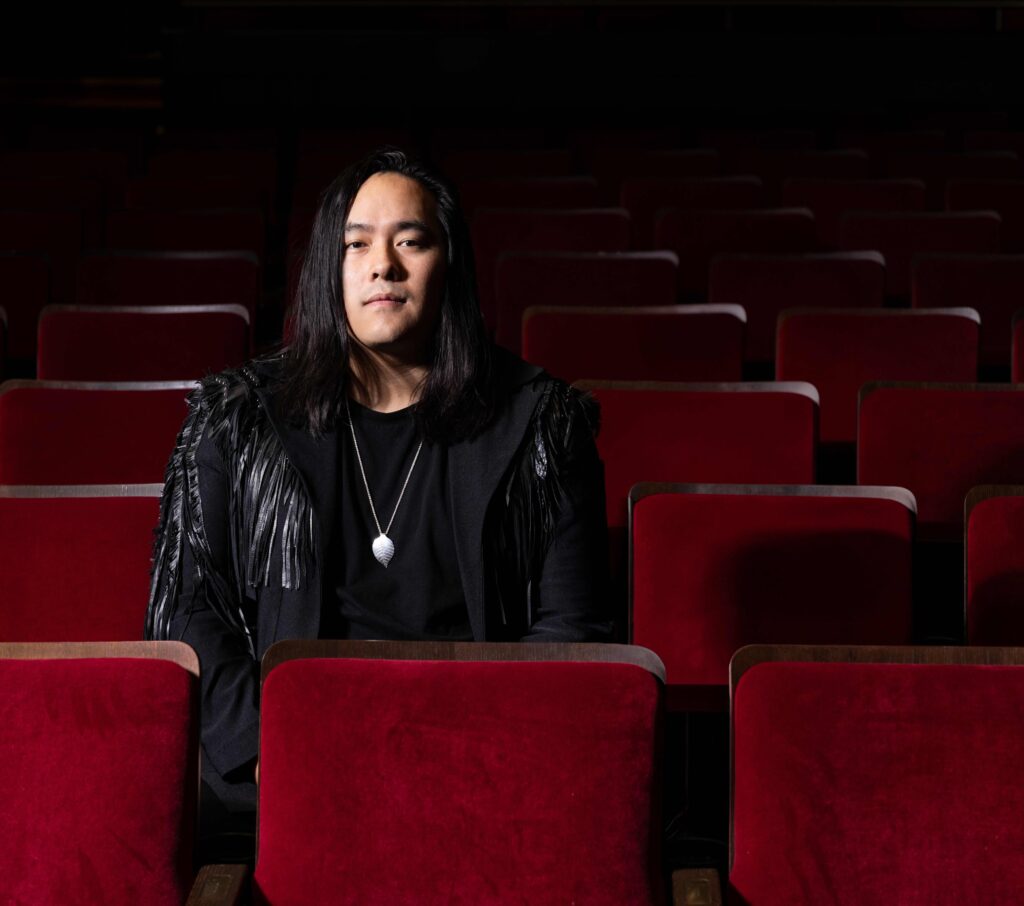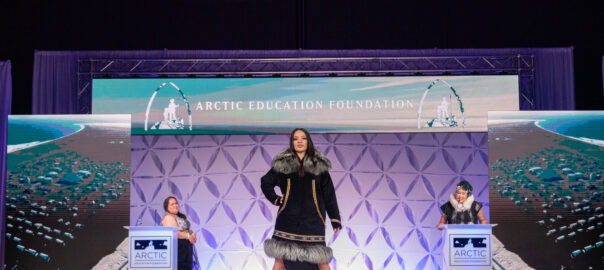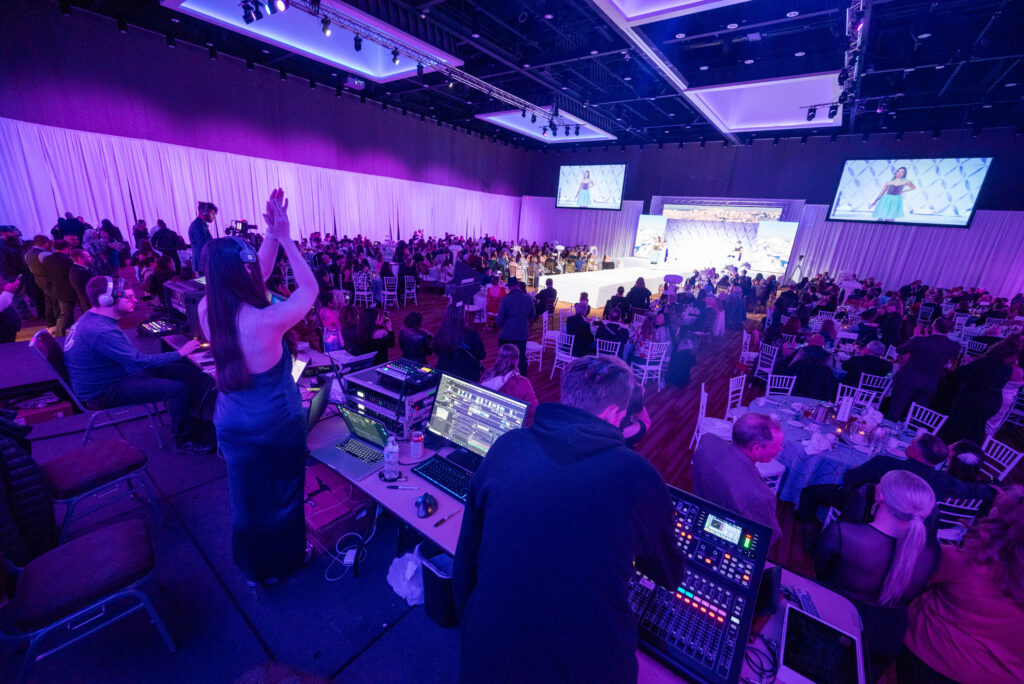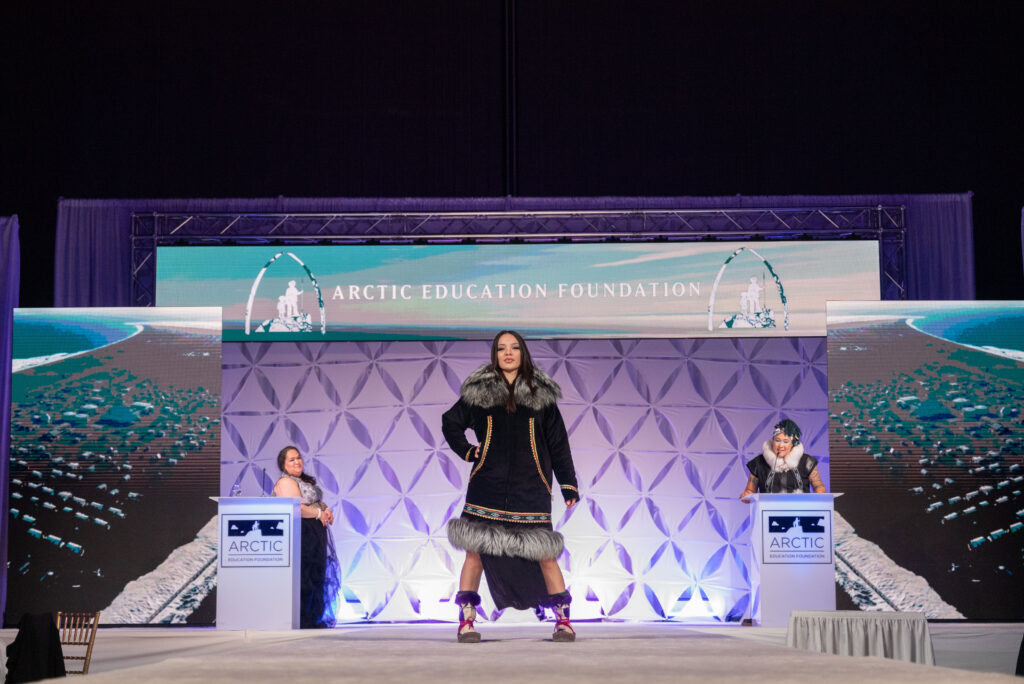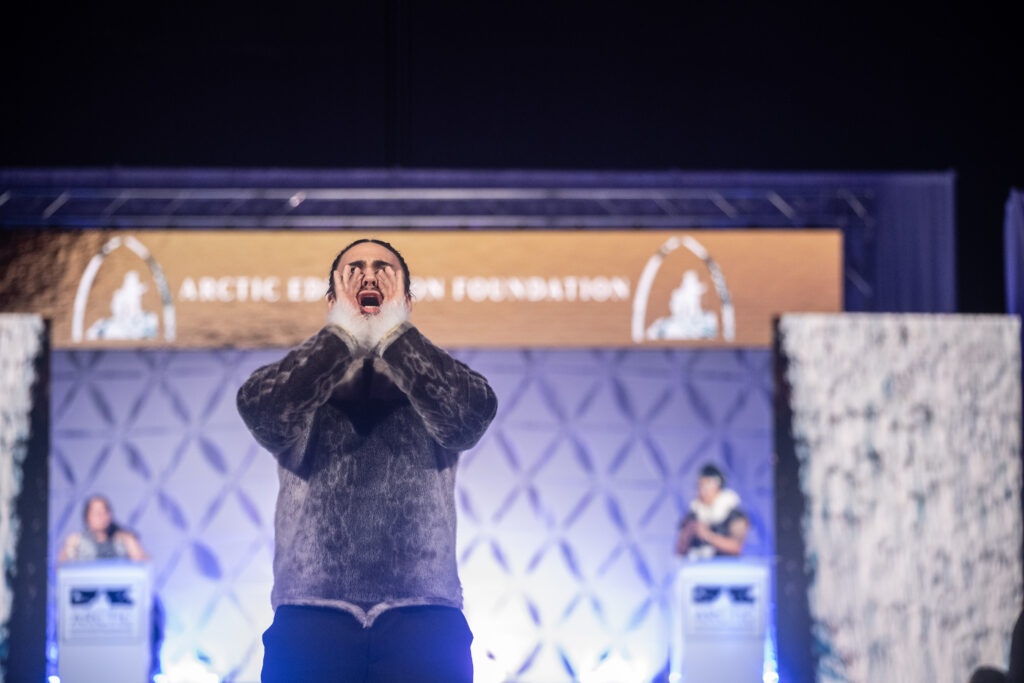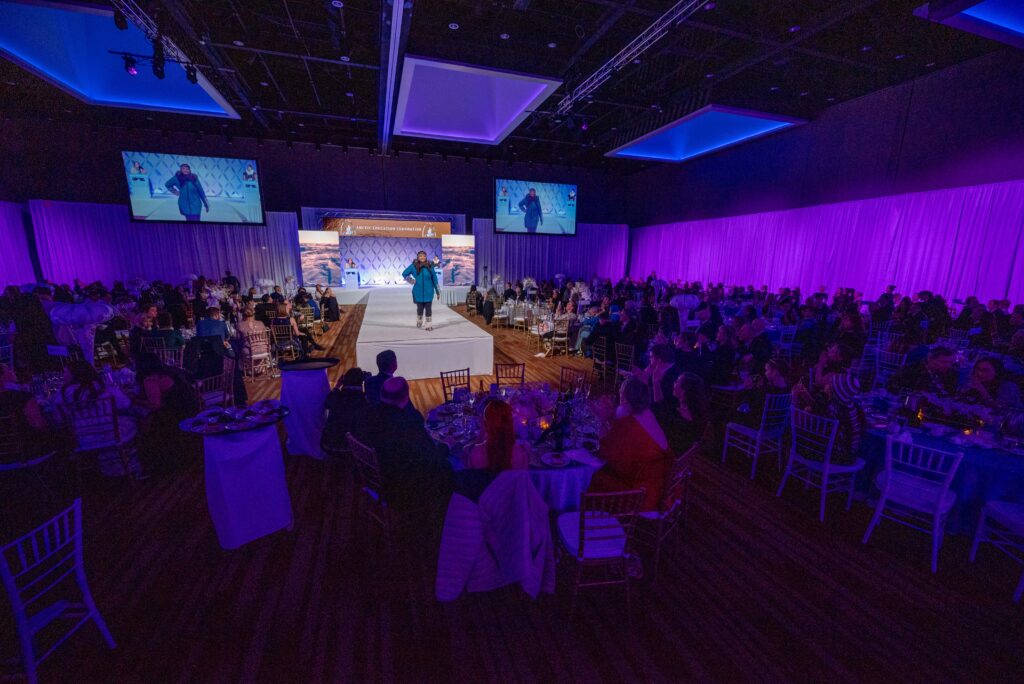Aysanabee is a versatile musician, producer, and singer-songwriter residing in Toronto. Hailing from the Oji-Cree background, specifically belonging to the Sucker Clan of the Sandy Lake First Nation, located in the remote fly-in community nestled in the far reaches of Northwestern Ontario.
Music often serves as a powerful form of cultural expression. How does your Indigenous heritage influence the themes and messages in your music?
I think my background will inherently impact every song I write, we are products of our lived experiences, so I think everything I have faced, good and bad, will have an impact on my perspective of the world whether I admit it or not. What is Indigenous music? I have asked myself that for a while, especially after putting out my debut record, Watin, which focuses on the story of my grandfather. I went from that album to putting out an album about heartbreak. Both are Indigenous, because I am Indigenous, and they are experiences of Indigenous people who lived and walked on this land.
Can you tell us about a specific song or piece of music that reflects your connection to your Indigenous identity, and what inspired its creation?
We Were Here is a track from my debut record that captures this moment of connection I feel many others can relate to. It touches on the inspiration of the album which was to share my grandfather’s story and my family history, which for many is always at the top of mind. Both in America and Canada, the government’s tried to erase our history, to assimilate us, and to make us a part of their idea of society and we are still feeling the impacts of it. For those who grew up far from their communities, like myself, there is a feeling of disconnection, sometimes imposter syndrome, which I am realizing was the goal of these residential schools, to make us feel like we aren’t ourselves, and if we are, we don’t belong in important spaces. We Were Here, for me, is about moving forward, of growth and rebirth in the shadow of so much that was lost.
Indigenous music encompasses a rich tapestry of traditions and styles. How do you incorporate traditional Indigenous music elements into your contemporary music?
I haven’t included any traditional music elements in my music. I have thought about it, and for me, it would require more time and care. I would never want to approach it in a way that would be disrespectful or not honor the traditions in a good way.
Many Indigenous musicians use their platform to advocate for social and environmental issues. Are there any causes that are particularly close to your heart, and how do you address them through your music?
I feel like everyone thinks we are activists for simply being in any space because, historically, we’re not supposed to be. There are a lot of causes I support, and I tend just to share information or donate money. I know that might seem kind of lame, but again, with the same thoughtfulness of the last question you asked, I think being an activist is just as important as being a doctor; you need to know what the problem is to diagnose it and operate on it, you wouldn’t ask a musician to take out your kidney. But I have opinions. For context, I can’t tell you the long and complex history between the Jewish people and the Palestinian people, but I can say the bombing of children is evil. I can’t pretend to know the complexities of the global economy, but I can say someone having 10 billion dollars and another person having to beg for change is gluttony. There are things in which I have stronger opinions on, environmentally, we have the technology to be sustainable, but capitalism and greed don’t allow for it. I will always be on the side that protects the environment for future generations, but I admit I have to take planes and drive cars to gigs as part of my livelihood.
In what ways do you hope your music will contribute to the broader conversation about Indigenous cultures and issues, both within Indigenous communities and in society at large?
I hope to continue to be a good role model for the youth. Growing up I didn’t see anyone who looked like me in any spaces except maybe old Westerns or improper stereotypes. To be able to show my people that we are strong, we are full of pride, and we deserve to be in important places, so even this imposter syndrome can be one less thing of many that hold us back.
Collaboration and community are central to many Indigenous cultures. Could you share any experiences of collaborating with other artists or community members and how those experiences have influenced your work?
There are many up-and-coming Indigenous artists on the rise, and I actually know plenty of them. I think having a community in these spaces helps for many reasons. Mental health is one. Having people around you or in similar positions who just GET IT helps being able to have conversations about the industry and even just dream about what it could be is, for lack of better words, nice.
As far as collaboration, I got to perform my song We Were Here with Northern Cree at the 2023 JUNOs. This was a performance where we included traditional music, but I had drum leader Steve Wood to guide me through all the proper protocols. There was one moment when we finished the last chorus, and the arena went quiet, I heard an Indigenous woman do a lelele call, Wood spoke in Cree, and the crowd erupted, and I was overcome, it took me some time to realize what I had felt. It was pride.


